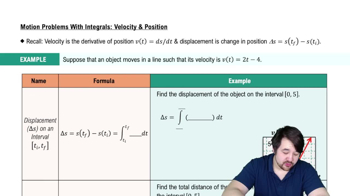{Use of Tech} Riemann sums for larger values of n Complete the following steps for the given function f and interval.
ƒ(𝓍) = 3 √x on [0,4] ; n = 40
(b) Based on the approximations found in part (a), estimate the area of the region bounded by the graph of f and the x-axis on the interval.





